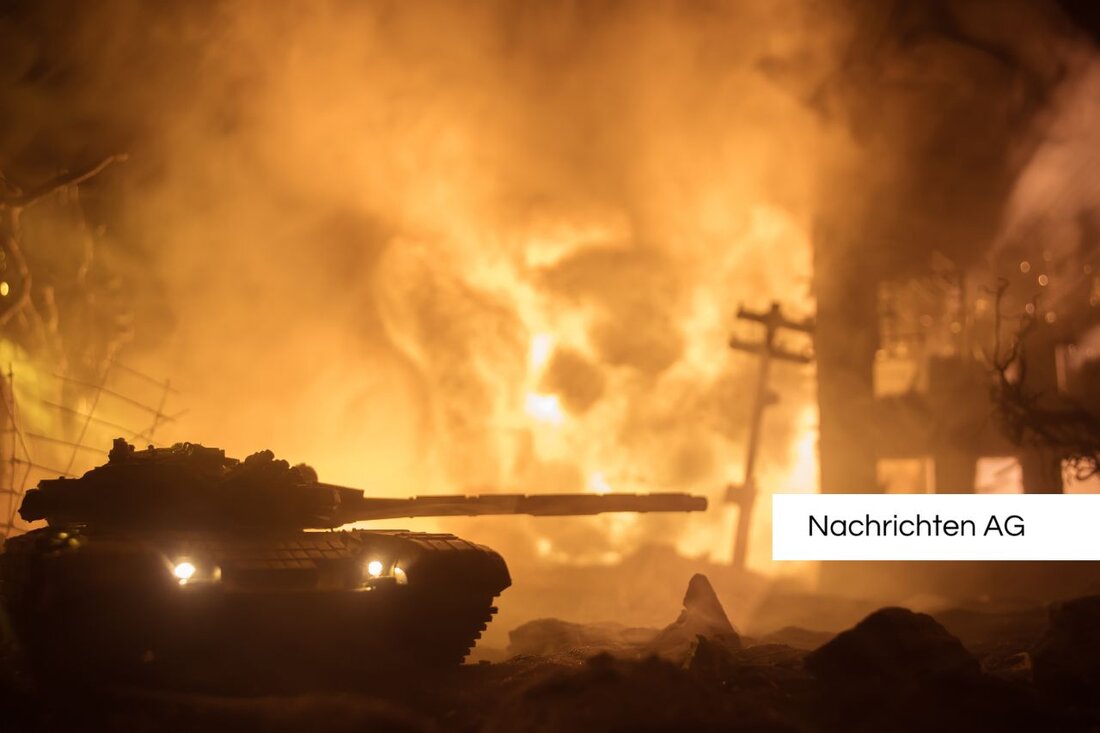Brave villagers save Sulzemoos from destruction in 1945
Find out how brave villagers in Sulzemoos helped save their community in 1945 and saw the end of the war.

Brave villagers save Sulzemoos from destruction in 1945
Historian Dr. takes us on an exciting journey into the past. Annegret Braun, who recently gave an in-depth overview of the end of the war in Sulzemoos as part of a history workshop in Sulzemoos. This year marks the 80th anniversary of the end of the Second World War - an occasion that is firmly anchored not only in history books, but also in the memories of the villagers. On April 29, 1945, the residents of Sulzemoos heard loud shots coming from the direction of Odelzhausen. American troops controlled the region and fired from the highway across Wiedenzhausen into the forest to check for possible resistance. But there was none, thanks to the brave actions of the villagers.
Although the SS had set up anti-tank barriers in Sulzemoos, the villagers, including courageous girls and women, showed extraordinary ingenuity: they sawed down the barriers and even raised a white flag - a risky act that could have had unpleasant consequences for many. Theresa Puidokas, also known as Fischer Res, particularly stood out by hanging a white cloth on the church tower without informing the priest. Their unwavering courage played a key role in ensuring that Sulzemoos remained unscathed while other places such as Odelzhausen suffered from shelling.
Life after the invasion
After the Americans invaded, many villagers had to evacuate their homes. When they returned, they saw a scene of devastation. Pastor Müller reported that no shots were fired in Sulzemoos. What was surprising was that some Americans consumed his sacramental wine; It is reported that they took around 15 bottles with them - much to the dismay of the priest, who was able to get some bottles to safety in time. Despite the adverse circumstances, contacts developed between the Americans and the locals, sometimes bringing out a different side to everyday war life with small gifts such as chewing gum and chocolate.
A particularly moving story tells of Fischer Res, who fell in love with an American and married him. After her marriage failed, she returned to Sulzemoos a few years later. This illustrates how closely people's fates were intertwined and how the war affected their personal lives.
The American occupation zone
Overall, the region was part of the American occupation zone, which was created after Germany's surrender in July 1945. This included large parts of Bavaria as well as neighboring areas in Hesse and Württemberg. A process of reorganization began under the US military government (OMGUS), which ended in 1949 with the Occupation Statute. The American troops, under the command of Dwight D. Eisenhower, brought not only stability, but also numerous challenges to the everyday lives of Germans who had to break away from the National Socialist past.
Living conditions changed fundamentally when the first countries were founded in the US zone. From 1945 onwards, the region experienced a slow transformation that lasted until the reunification of Germany in 1990, when the Allied reservation rights lost their effect under international law.
This time of change is not only an important chapter in history, but also a testament to the courage and determination of the people who found their own way despite the horrors of war. Dr. Braun and her history workshop in Sulzemoos help keep these stories alive and preserve the lessons of the past for the future.

 Suche
Suche
 Mein Konto
Mein Konto